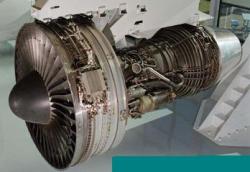Apr 6 2010
The Space Shuttle Discovery launch for the Mission STS-131 was successfully powered by the three Space Shuttle Main Engines (SSME) developed by Pratt & Whitney Rocketdyne.
 Pratt and Whitney Engine
Pratt and Whitney Engine
The mission aims to provide science equipment and supplies for enabling astronauts to study the Earth better. The SSME is the sole completely reusable and high-performance rocket engine that is rated for manned space flight. Pratt & Whitney Rocketdyne is part of the United Technologies Corp.
The Discovery was launched from the NASA Kennedy Space Center on the 33rd flight to the International Space Station (ISS). The Discovery has a crew of seven and its mission includes three spacewalks by the crew for replacing an ammonia coolant tank, recovering an external Japanese experiment, and changing a gyro assembly. A Muscle Atrophy Research and Exercise System (MARES) will be installed by these astronauts for evaluating their muscle strength in space. A window observational research facility will also be installed by the astronauts for enabling members of the crew to better understand changes in the global climate, weather changes, and formations of sea and land. Sensors, hyperspectral and multispectral scanners, cameras, and camcorders will be used by the astronauts for these studies.
Jim Paulsen, Pratt & Whitney Rocketdyne’s SSME Program Manager, revealed that the Space Shuttle Main Engines performed well. Paulsen informed that his company is delighted to enable the provision of crew and equipment for the ISS to empower the astronauts to find out how their health in space will be affected by microgravity, so that necessary countermeasures can be undertaken for the prevention of muscle atrophy in space.